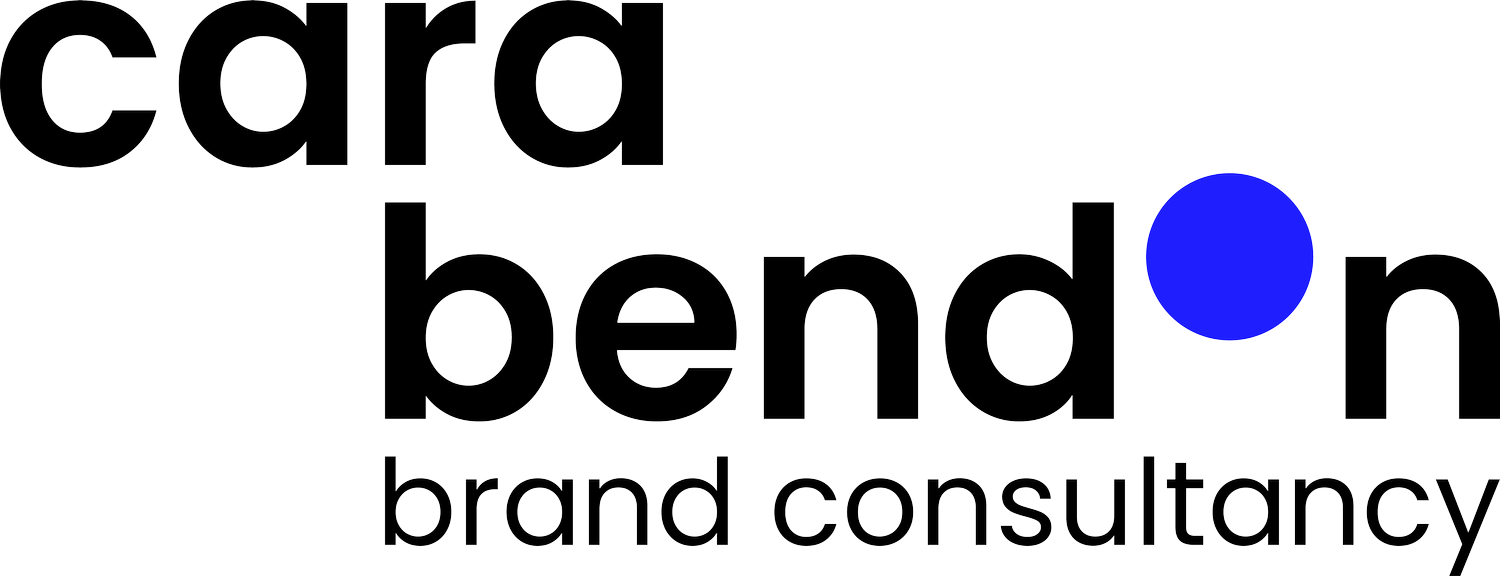How to: Blogging
YOU KNOW YOU SHOULD BE DOING IT, SO WHAT’S STOPPING YOU?
For most small businesses, having a blog on your website, or even beginning your business presence online with a blogsite is an obvious choice – a place to share opinion, offers and relevant content, giving you material to share across social media and building the SEO strength of the website.
Despite this, when we ask our clients for their blog posts to put on their sites, we are often faced with radio silence or expressions of fear and confusion...
In this short guide I’ll share my personal tips, learnt from blogging myself for 6 years, and from working with clients’ businesses of all sizes, from kitchen table start ups to teams of 50 racing to grow.
HOW LONG SHOULD IT BE?
Don’t be intimidated by the prospect of blogging. Online readers have a short attention span so between 300-600 words is perfect. 300 is all that’s needed for SEO purposes if you are working in a keyword, broken down this is just 3 paragraphs, no doubt you will find that if you aim for this you will end up typing beyond this, bringing it to a perfect length.
2. WHO SAYS YOU HAVE TO TYPE IT?
Think ‘blogger’ and you may think of those who have time to spend hours in coffee shops sipping flat whites and typing, but for most small businesses and start ups, finding time for this can be challenging. Instead I recommend writing notes into your phone as and when you get an idea (you can do this on the way to a meeting).
Why not step it up a level and use your phone’s dictaphone to take the work out of writing? Just be sure to spellcheck to avoid comic mis-hearings making their way into your blog!
3. PICK YOUR IMAGES
If reaching 300 words still seems tricky, think of it this way: 1 into paragraph, 2 images that each relate to the topic, each with one paragraph of copy around them, and a short concluding paragraph. Easy! One tip I have is to think about the type of images you may want to include early in the process as this takes a lot of guesswork out of writing the content; and it means the images will be relevant, rather than an after thought.
4. INTERVIEW SOMEONE
Stuck for a way to get going? Why not interview a specialist or expert in your field. Has something to do with your industry been in the news? A new law that could affect your clients? Why not write about it and see if you can get a few words from someone in the know to back up your piece? Most people are happy to have questions sent on email, or for you to call them as long as you send them a transcript or draft to approve before publishing – especially if you’re offering them promotion or a link to their site in return.
5. ADD VALUE
People will read your blog if you are offering something different – whether it’s free ‘how to’s, interviews with key figures or humour and opinion. There’s no right or wrong when it comes to blogging, but be careful not to just rehash the topics that have been covered time and time again, add your commentary or opinion to elevate your blog from something people stumble upon once in a while, to somewhere people choose to check each month.
And finally…
GO WITH THE FLOW
We all know that it’s best to blog regularly, whether that’s twice a week or twice a month is up to you, but it’s far better to spread blogs out over a period evenly than have a burst of activity followed by an absence of 3 months. My best tip here? Go with the flow.
There will be some days you just can’t think of a blog post at all, so don’t try to force it if it will result in a laboured piece. There will also be days when a topic fires you up, or you’re full of ideas and writing comes naturally.
Use these days to write two or three posts if you can, then save them onto your computer or as a draft on your site, and publish it when you’re struggling to write.







